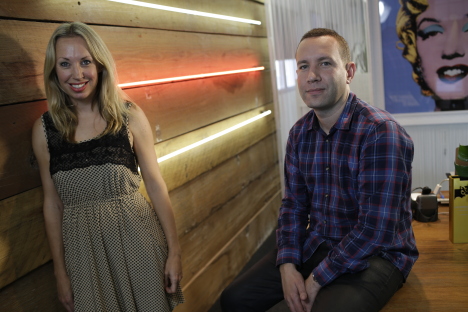Baxter buries the Big Boutique as UM reboots business model
UM is shifting its focus from being the Big Boutique to the Creative Connections Agency. CEO Mat Baxter and chief strategy officer Sophie Price sat down with Nic Christensen to explain why the new positioning is more than just semantic, how it has torn up its remuneration model and why the traditional media agency focus on paid media is broken.
Say what you want about Mat Baxter, the iconoclastic CEO of UM knows how to generate a headline.
“The big boutique is dead,” says Baxter as we sit down for the interview, referring to the positioning the agency has used to define itself over almost four years.



The Big Boutique is not dead, but well alive and thriving in Melbourne…
… unless I’m running the wrong company!!
http://www.thebigboutique.com.au
Moving to a customer/outcome centric model as opposed to a cost per service/product/commission is applaudable (I’m not just saying that because it’s what my company does, I believe it) . However, I’m definitely interested in understanding the integrity of the move, and how deep it actually goes (ie at what point does the politics of being part of a global network of companies with different agendas and models, compromise their model). Temptations will come plentiful as they leave certain commission and other dollars on the table – over time they’ll add up, and someone up the food chain will ask , ‘why don’t we just take a bit?’. The transformation would have to be absolute (I’ve emailed Matt , hopefully getting some feedback on this point). Regardless , at least his got the foresight to see the company needs to pivot and they’re done something about it. #my2centsoftheday
This is what it’s all about, and a model we have seen developing in the UK. Integration is a word that’s been thrown around for years but this is subjective and can range from combined decks (deck stitching), integrated comms and user flow, right through to technical integration.
Paid Owned and Earned must be given equal footing to achieve true integration as the digital ecosystem natively operates in owned and earned sphere whether you like it or not.
Good move Mat and team.
Good article, and it was refreshing to see him have the courage to take the hits (losses of accounts) and then turn it into a positive. Well done
Interesting to see that UM Worldwide’s posting on LinkedIn this week trumpeted the fact that UM Australia is in the world’s top ten media agencies according to WARC. Is there something that Mat isn’t telling his global bosses?